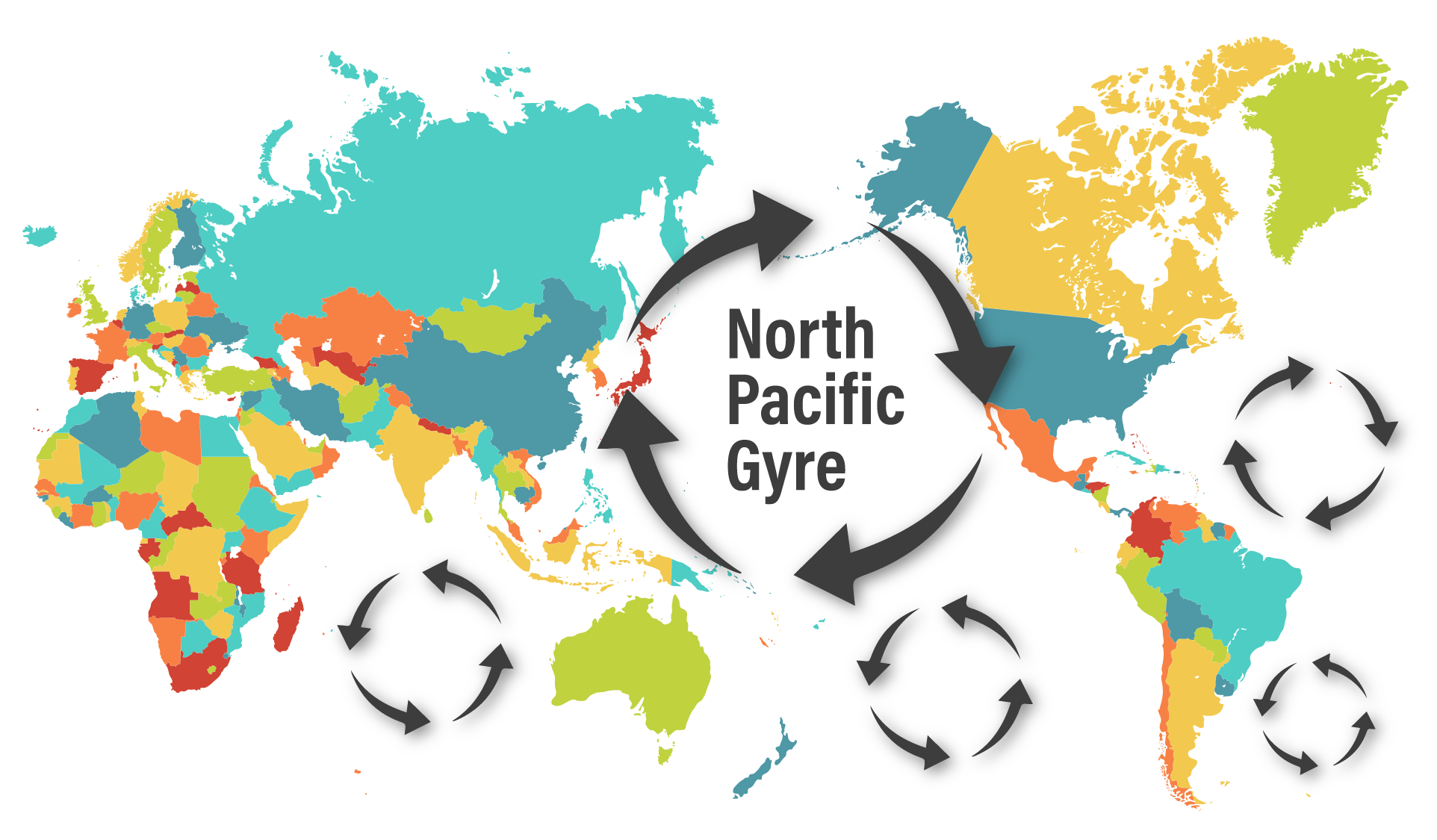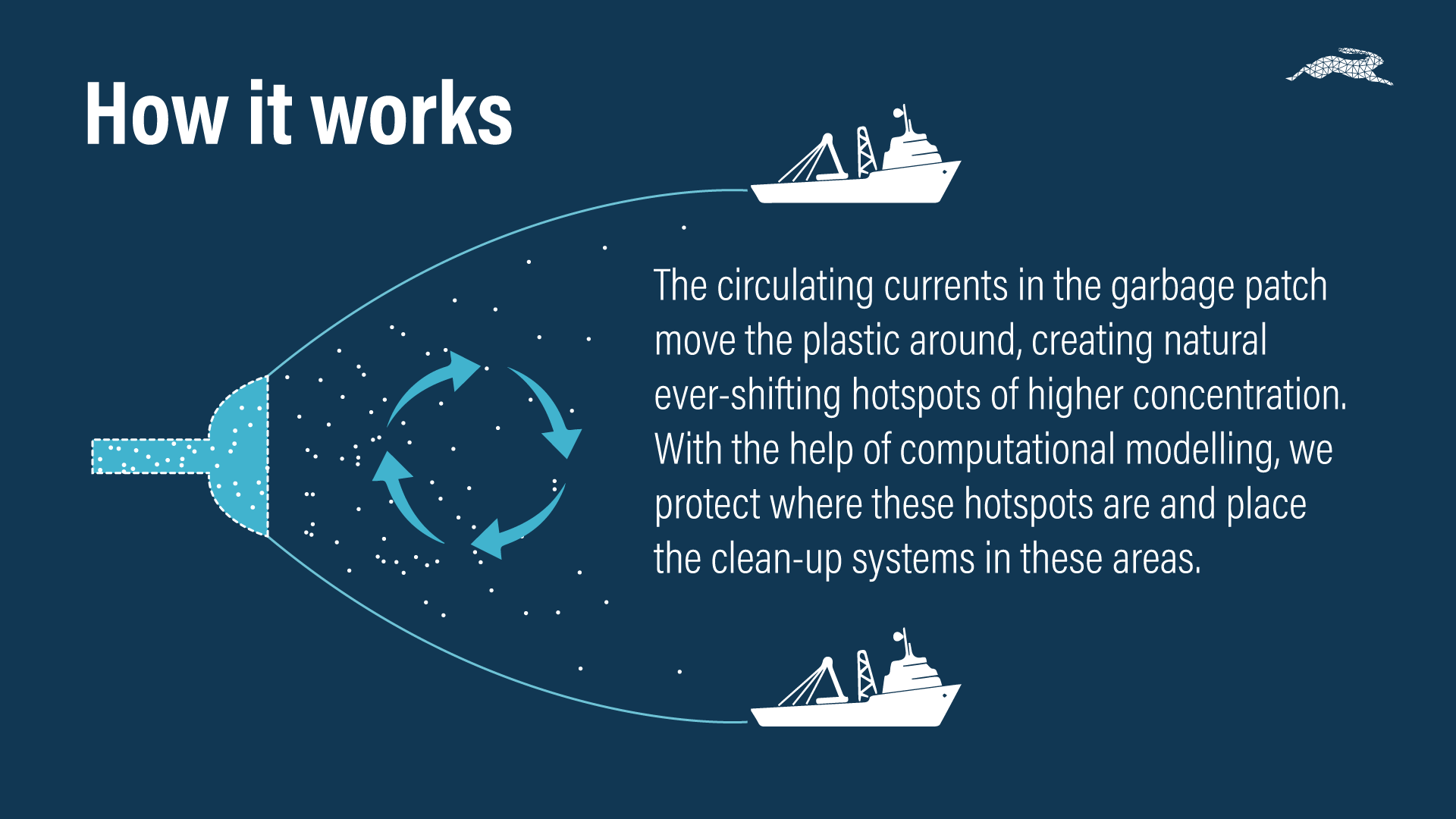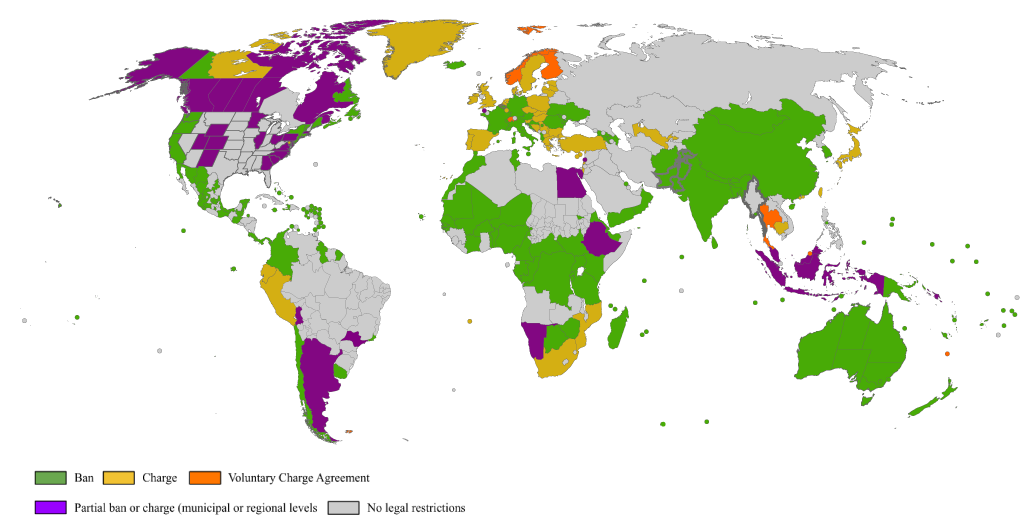IoT to deplastify oceans: Solution or exacerbation?
Reading time 10 mins
Key Points
- 88% of the ocean’s surface is covered in plastic waste. Plastic waste and pollution are forecast to double by 2040
- IoT to deplastify oceans could be an effective and cost-efficient strategy to remove ocean plastic and prepare it for recycling
- NPOs such as The Ocean Cleanup focused on cleaning up ocean garbage patches
- Upstream solutions to address ocean-bound plastic, e.g. interception points and barriers at river mouths, drone surveillance to identify hotspots for immediate intervention
- More restrictions on non-essential single-use plastics are needed
Is your business ready to harness the potential of IoT? Our expert team can help design and implement bespoke IoT solutions. Reach out to us now to kick-start your IoT journey.
Ben Mazur
Managing Director
I hope you enjoy reading this post.
If you would like us to develop your next product for you, click here
Eight million metric tons of plastic end up in the oceans every year. Plastic will most likely outweigh all the fish in the sea by 2050. 100% of baby sea turtles have plastics in their stomachs. 88% of the ocean’s surface is littered with plastic waste. 1 in 3 fish caught for human consumption contains plastic.
These sobering statistics gathered by UNESCO [1], EcoWatch [2], and Ocean Conservancy[3] prove that plastic pollution is no longer a problem that can be kept at bay. Is using IoT to deplastify oceans a solution? Or will it merely lead to even more plastic production and single-usage if consumers think there are technologies to mitigate it?
Can ocean plastic be recovered using IoT?
Considering the sheer expansiveness of oceans, and the millions of plastics entering them every year, it’s hard to imagine any removal intervention being more than just a drop in the ocean. In reality, however, using IoT to deplastify oceans could be one of the most effective ways to have any impact at all.
The Ocean Cleanup (TOC) is an NPO consisting of 120 engineers, researchers, scientists, computational modellers and support staff focused on removing plastic from oceans. Their long-term goal is to clean up the five most prominent garbage patches (large areas where litter, fishing gear, and marine debris collect) in the ocean, e.g. The Great Pacific Garbage Patch (GPGP).
These swirling ocean patches of garbage are called gyres and span millions of square kilometres. TOC estimates that the GPGP is three times the size of France. Tackling it efficiently requires tenacity, technique and technology: They create an artificial coastline consisting of a U-shaped barrier. Using computational models to predict where hotspots are, they target specific areas to guide the plastic into a retention zone on the far end and extract it.
Since 80% of ocean plastic comes directly from rivers, TOC also launched interception solutions located at river mouths. These solutions differ depending on variables such as river depth, speed, type of debris, seasonality, etc.
One example is the Interceptor Original: A high-tech, fully automated shuttle with 100% solar-powered mechanics, smart processing and connectivity for easy processing. A barrier guides the river waste (plastic and other debris) towards an opening where a conveyor belt extracts it and moves it into the shuttle. Sensors in the interceptor send notifications to local operators to empty the dumpster when it’s almost full.
Both of these solutions show that using IoT to deplastify oceans is possible and, if done to scale, can have a significant impact. That scale is increasing worldwide, with many countries using plastic extraction technologies in highly polluted rivers. Successful examples include Baltimore City’s Mr Trash Wheel, the Litterboom Project in South Africa, Tactical Recovers Accumulation System Hellas (TRASH) piloted in Greece, and The Great Bubble Barrier in the Netherlands.
Ichthion Technology, based in Ecuador, takes it to the next level: Plastic interception barriers at rivers using IoT to deplastify oceans from microplastics are equipped with cameras to take pictures of the waste extracted. Algorithms identify the plastic by type, which helps authorities develop strategies to reduce incoming waste from its source upstream.
Upstream solutions for ocean-bound plastic waste recovery
IoT to deplastify oceans is an effective end-game solution. Still, upstream interventions such as river barriers and land-based recycling programs are essential to reducing ocean-bound plastic. More cities have started using surveillance strategies to identify plastic hotspots in rivers and on land – which gives local operators real-time information on where waste removal is needed:
- Australia’s Commonwealth Scientific and Industrial Research Organisation launched an Optical Satellite Data program [4] to find plastic patches in coastal waters. Using artificial intelligence, computers are trained to identify and categorise the different types of plastic pollution captured in photos
- Drone mapping programs funded by the Word Bank [5] collect images from hotspots to create a comprehensive picture of marine litter. This picture is shared with the public and other interested parties (e.g. fisheries, waste pickers, recyclers, government officials, environmental groups)
- The Elipsis Earth project creates a global visual repository (using satellite imagery, submarine footage, and CCTV) combined with machine learning to ‘create an entire ecosystem for environmental change’. Using the data collected, they create thought-provoking content (e.g. presentations, webinars, expeditions) to engage and motivate governments, corporations, academia, and non-profits toward sustainable change.
Plastic surveillance strategies in 2022 are all well and good. However, are they not dedicating a significant amount of resources (i.e. funding, technology, human resources, time) to simply confirm what we already know? The International Coastal Cleanup reports released by Ocean Conservancy [6] every year, publish an informative summary of their findings: The majority of ocean pollution consists of plastic food wrappers, plastic bottles, plastic grocery bags, plastic takeaway containers…The only change to their findings since 1991 have been the increasing amounts of plastics pollution found on beaches worldwide.
Decreasing our dependence on single-use plastic
When we talk about addressing the problem of plastic pollution upstream, it seems logical that the best place to start is to ban or restrict what is produced. Granted, some sectors, such as healthcare, rely on single-use plastics (e.g. disposable syringes) for hygiene, sanitation, and sterilisation purposes. Can the same be said for the food and beverage industries?
With many countries having implemented (even if not consistently enforced) some form of restriction on plastic bags, what have been the measurable or observed impacts?
Wikimedia Commons ㏄ License: CC BY-SA 3.0, By Elekhh
In some cases, bans on single-use plastics had a domino effect and led to bans on plastic cutlery, plates, cups, and straws. Yet a conclusion on the effectiveness of these bans is ambiguous [7]. Streets and suburbs may be free from certain types of plastic litter, but that hasn’t reduced the amount of plastic produced at a manufacturer level, which is still forecast to double by 2040.
Is there a light at the end of the plastic tunnel?
For sure! What’s currently being done (using IoT to deplastify oceans, creating river barriers, implementing surveillance strategies) is encouraging. Countries that have banned specific kinds of plastic (and enforced them) are even more encouraging. Consumers who refuse to buy non-essential single-use plastic products will put additional pressure on industries to develop more sustainable and cost-effective alternatives. This would be the most encouraging outcome of all.
What’s your opinion on our plastic pollution predicament? Can we innovate our way out of it without systemic behavioural change? Let us know your thoughts, and feel free to share any strategies we missed!
- Fava, F. M. (2022, June 9). Plastic pollution in the ocean: data, facts, consequences. Ocean Literacy Portal. Retrieved 5 September 2022, from https://oceanliteracy.unesco.org/plastic-pollution-ocean/
- Conley, J. (2021, October 7). 100% of Sea Turtles in Global Study Found With Plastics in Their Bellies. EcoWatch. Retrieved 5 September 2022, from https://www.ecowatch.com/sea-turtles-plastics-oceans-study-2622572557.html
- Plastics in the Ocean. (2022, August 22). Ocean Conservancy. Retrieved 5 September 2022, from https://oceanconservancy.org/trash-free-seas/plastics-in-the-ocean/
- Biermann, L. Clewley, D. et.al. (2020, April 23). Finding Plastic Patches in Coastal Waters using Optical Satellite Data. Scientific Reports: Nature. https://www.nature.com/articles/s41598-020-62298-z#author-information
- Female Leaders in Sustainability at the Helm: Drones and Data Merge to Tackle Marine Plastic Pollution in Tanzania. (2022, August 16). The World Bank. https://www.worldbank.org/en/news/feature/2022/08/16/female-leaders-in-sustainability-at-the-helm-drones-and-data-merge-to-tackle-marine-plastic-pollution-in-tanzania
- The International Coastal Cleanup® 2021. (2021). Ocean Conservancy. https://oceanconservancy.org/trash-free-seas/international-coastal-cleanup/annual-data-release/
- Parker, L. (2019, April 17). Plastic bag bans are spreading. But are they truly effective? National Geographic. https://www.nationalgeographic.com/environment/article/plastic-bag-bans-kenya-to-us-reduce-pollution
We love to talk about new ideas
Do you have an idea? Book a consultation with an expert - it's free, it's confidential and there are no obligations.
+44(0)117 329 3420
[email protected]
Ignitec Technology Centre
1 The Powerhouse
Great Park Road
Bradley Stoke
Bristol
BS32 4RU





